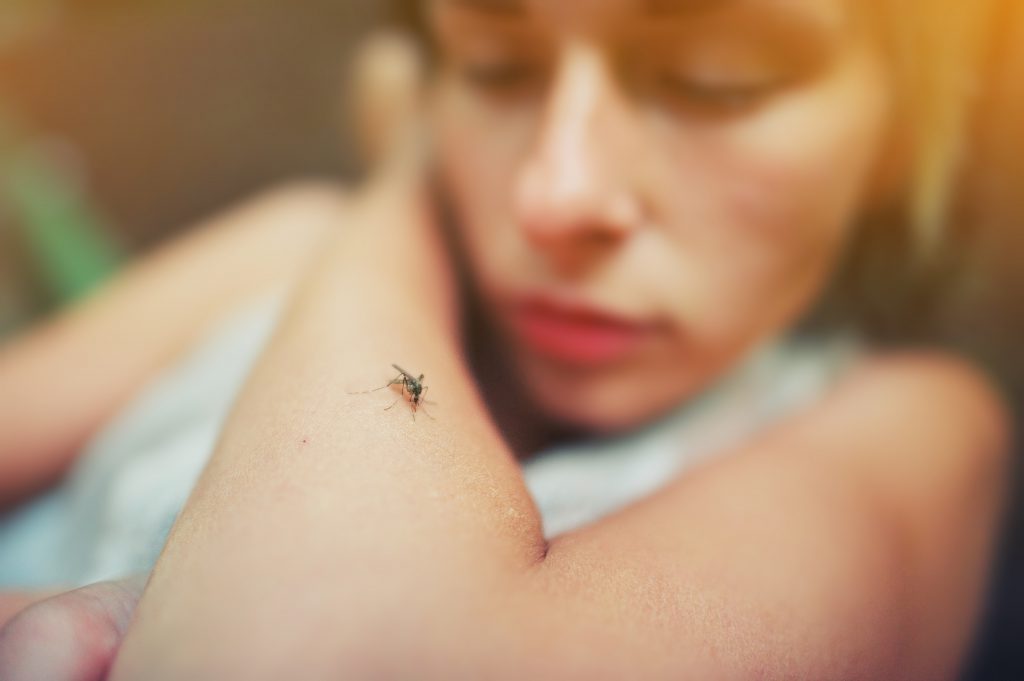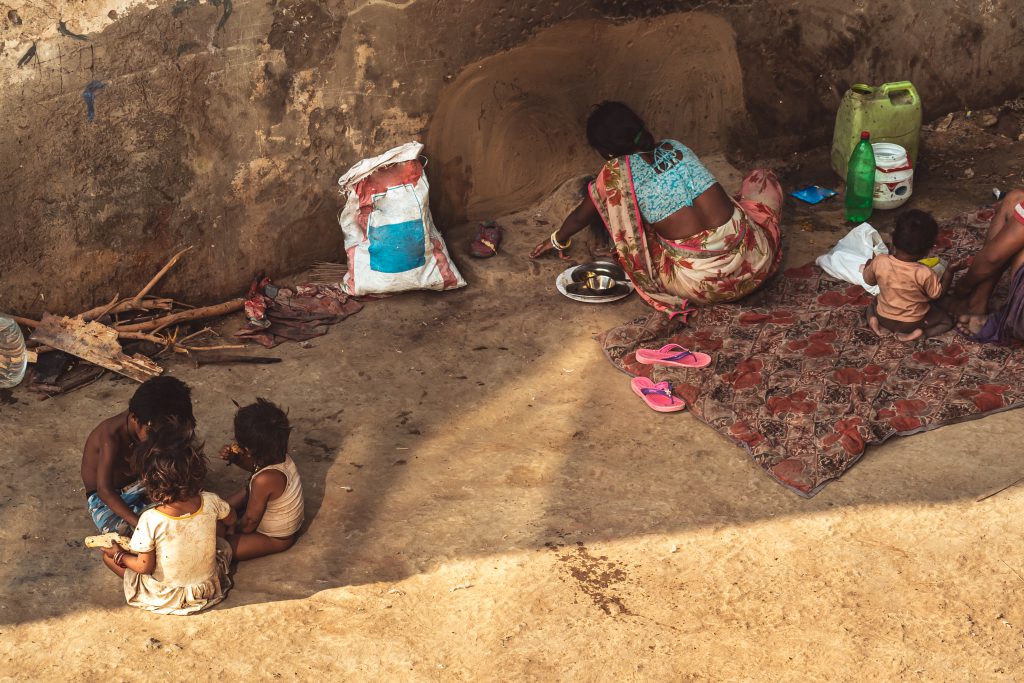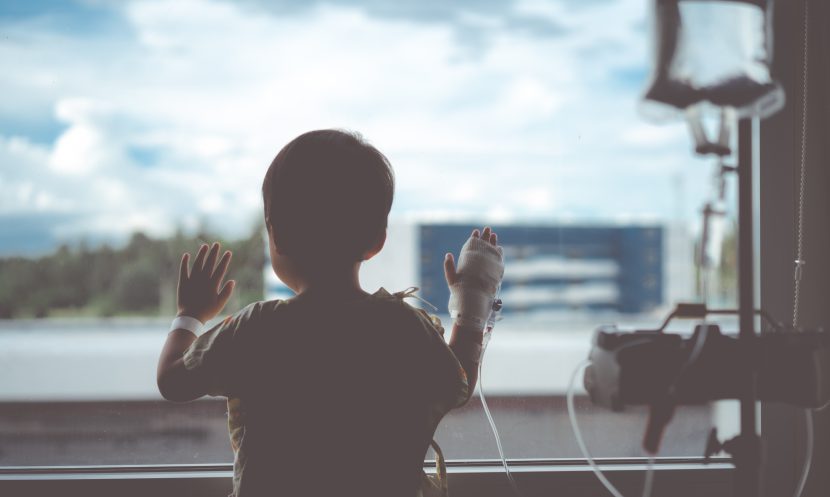Mosquito bites during rainy seasons in tropical destinations can be very dangerous. Due to their weak immune system, children are particularly susceptible to diseases such as dengue or malaria. Whilst it is true that mosquitos can infect everyone, if not treated promptly, the outbreak can be a cause of death among many children specifically in Africa, South America, South-East Asia and Western Pacific (Nation Health Portal of India, 2019).
Dengue fever: causes and consequences
Female mosquitoes (Latin: Aedes aegypti) are known to spread and transmit viruses such as Zika, malaria and dengue, among others. The first serious occurrence of the virus happened 70 years ago in Thailand and the Philippines. Nowadays, dengue is the leading cause of death in South American and Asian countries. According to the World Health Organization, dengue fever outbreaks have been on the increase for the past 20 years. Around 505,430 cases of dengue were reported in 2019, but the number climbed to a staggering 5.2 million in 2020. Covid-19 had probably had something to do with the falling trend in the last 3 years; however, the data is yet to be gathered and published. (WHO, 2022)

Dengue outbreaks are most common in countries with warm, tropical climates such as India, and South Asia. If left untreated, the flu-like symptoms can turn into a severe and life-threatening condition. What often starts as headache, nausea and fatigue, quickly progresses to a more acute disease, which has been a major public health problem in India for decades. The worst cases report children suffering organ damage, pneumonia, and plasma leakage, which can only be successfully treated in hospitals well-equipped with emergency kits and dengue vaccines. (UNICEF, 2018)
Even though there is no effective treatment for the fever just yet, there are ways that parents can help protect their children. The use of repellents, personal and household hygiene, as well as wearing appropriate clothes while playing outside, can save lives. However, the best medicine remains prevention, rather than treatment. (Dettol, n.d.)
Poor medical care in India
Along with 192 countries, India also signed the United Nations Convention on the Rights of the Child in 1989. The agreement clearly points out that children deserve to have access to health services, that will lead to a longer life span, happier and more prosperous life. (Humanium, n.d.) Unfortunately, India is struggling with a myriad of difficulties, and children seem to be the most affected. Health illiteracy, a poorly structured health system, and insufficient funds are causing a direct violation of basic children’s rights. Even though the laws are in place, an alarming number of young children don’t have access to sanitation services, health care or clean water. (Srivastva, R.N, 2015)

Most children born in India are raised in rural environments, where parents don’t have the means to properly attend to their needs. India is also notoriously famous for its high infant mortality rate. Growing up underprivileged while at the same time being exposed to various illnesses that get ignored and rarely treated, often leads to complications. Apart from the fact that 75% of the doctors live and work in the cities, Indian children residing in the countryside often don’t have access to clean water, which is why they are not able to follow hygiene measures: from simple antibacterial soap to hand-wash to unsanitary waste disposals. (Srivastva, R.N, 2015)
The mysterious virus in India claimed 6,500 children’s lives
India has lost thousands of children since the first “mystery fever” outbreak in 1918. Fast forward to 2021, children were urgently admitted to hospitals, only to die shortly afterward. After confirming that their Covid-19 tests were negative, the doctors came up with the conclusion that the dengue virus is to be blamed.
“Children are up to five times more likely to die during a second dengue infection than adults.”
– Biswas S, 2021
Although newspaper headlines spread panic by calling this outbreak an inexplicable occurrence, cases like these do happen every so often after the monsoon season. On a positive note, these mosquitoes prefer clean, stagnant water in containers to be able to breed. That only means that the people of India have ways to fight this harmful disease only by improving their standards of sanitation and cleanliness. (Biswas S, 2021)
Not all deadly flu cases have been caused by dengue fever. However, areas prone to flooding, as well as Indian monsoon seasons report the highest number of cases related to lethal insect bites. (Biswas S, 2021) However, Indian NGOs are already working hard on protecting children and adults from mosquito-borne diseases. It has been estimated that more than one billion people are in danger of contracting diseases like malaria, which would further impact the economical stability of the country.
According to WHO, India has already reduced malaria cases by half in the last 20 years. This is a great achievement for a country that already has a plan in place to achieve a malaria-free state by 2030. (Malaria No More, n.d.)
Humanium’s work for the improvement of children’s lives in India
Our organization is actively supporting children in India through special training and projects that promote healthy and sustainable life. We are involved in educating whole communities on the importance of organic farming, agriculture, and sustainable economic and ecological development. We believe that through our incentive programs, the children and families in India can improve their health and overall living conditions. Thousands of children and adults benefit from these collaborative projects that continue to improve their livelihoods by boosting the quality of both education and health. (Humanium, n.d.)
United in our efforts to build a better future together, we organized 20 workshops in 2022 with the help of Hand in Hand India. We have been cooperating for more than 15 years, working towards eliminating child labor and educating on the importance of peaceful communities. Our study groups attracted numerous children, teachers and trainers. Our aim was to improve the lives of unprivileged children and help include them in society. It was a wonderful opportunity to get to know the children and encourage them to become future leaders.

If you would like to help us improve children’s lives around the world, please consider becoming a volunteer, supporting a child or making a donation. Our team is working tirelessly behind the scenes, to realize children’s rights and help communities gain access to education and healthcare.
Written by Lidija Misic
Bibliography:
Biswas S, BBC, The mystery fever killing children in India (September 1, 2021). Retrieved from: https://www.bbc.com/news/world-asia-india-58387520. Accessed on August 4, 2022.
Dettol (n.d), Ways to protect your child from dengue fever. Retrieved from: https://www.dettol.co.in/common-infections/illnesses/ways-to-protect-your-child-from-dengue-fever/. Accessed on August 3, 2022.
Humanium, Convention on the Rights of the Child (n.d.) Retrieved from: https://www.humanium.org/en/convention/. Accessed on August 3, 2022.
Humanium, Projects to help children in India (n.d.). Retrieved from: https://www.humanium.org/en/india/projects-india/. Accessed on August 8, 2022
Malaria No More (n.d.) Achieving a malaria-free India. Retrieved from: https://www.malarianomore.org/our-impact/country-programs/india/. Accessed on August 4, 2022.
National Health Portal of India, Dengue Fever (2019) Retrieved from: https://www.nhp.gov.in/disease/musculo-skeletal-bone-joints-/dengue-fever. Accessed on August 3, 2022.
Srivastva R.N, Right to Health for Children (2015). Retrieved from: https://www.indianpediatrics.net/jan2015/jan-15-18.htm. Accessed on August 3, 2022.
UNICEF, Dengue Fever: Health Emergency Supply Note (February 2018). Retrieved from: https://www.unicef.org/supply/documents/dengue-fever-health-emergency-supply-note. Accessed on August 3, 2022.
World Health Organization, Dengue and severe dengue (January 2022) Retrieved from: https://www.who.int/news-room/fact-sheets/detail/dengue-and-severe-dengue#:~:text=Dengue%20virus%20is%20transmitted%20by,yellow%20fever%20and%20Zika%20viruses. Accessed on August 3, 2022.


